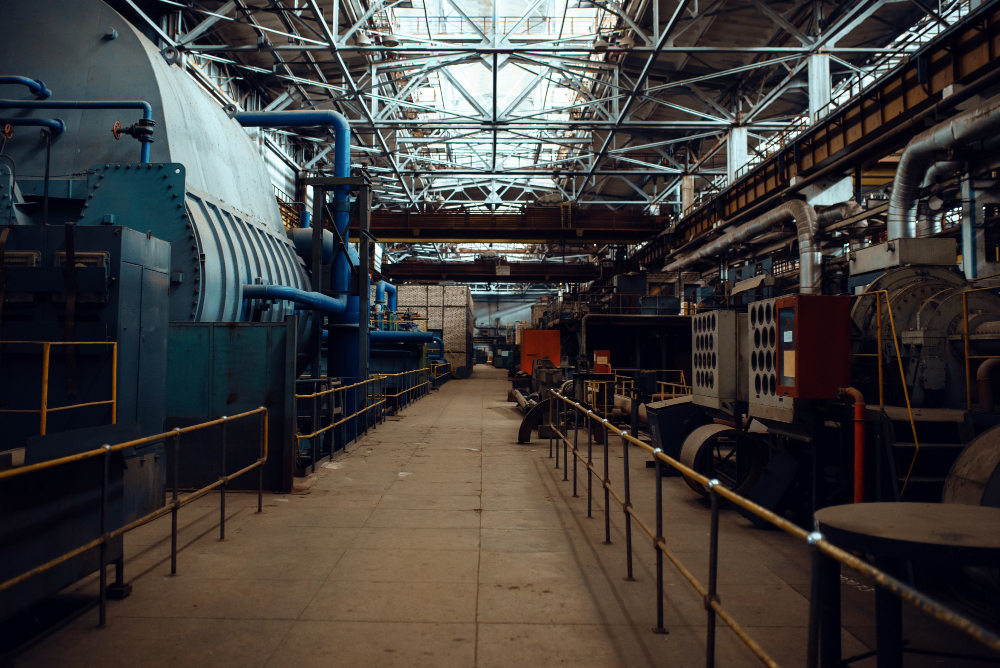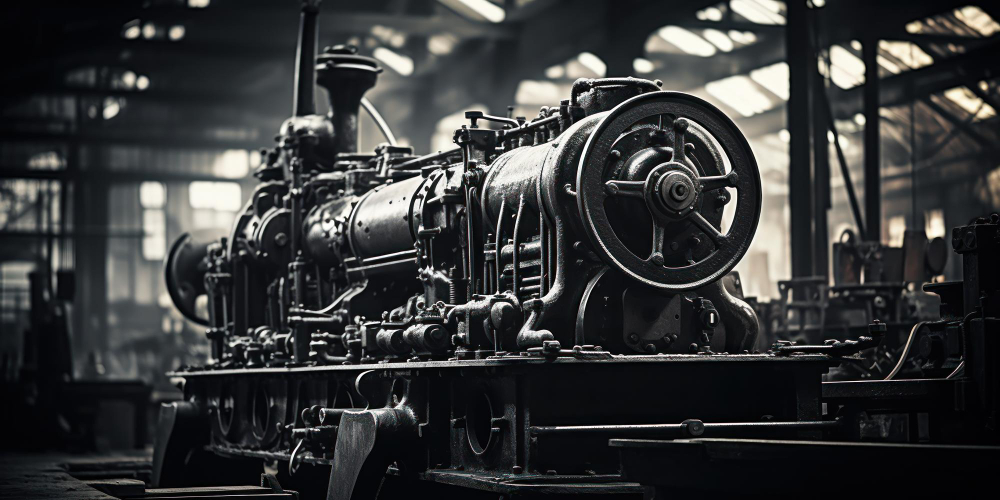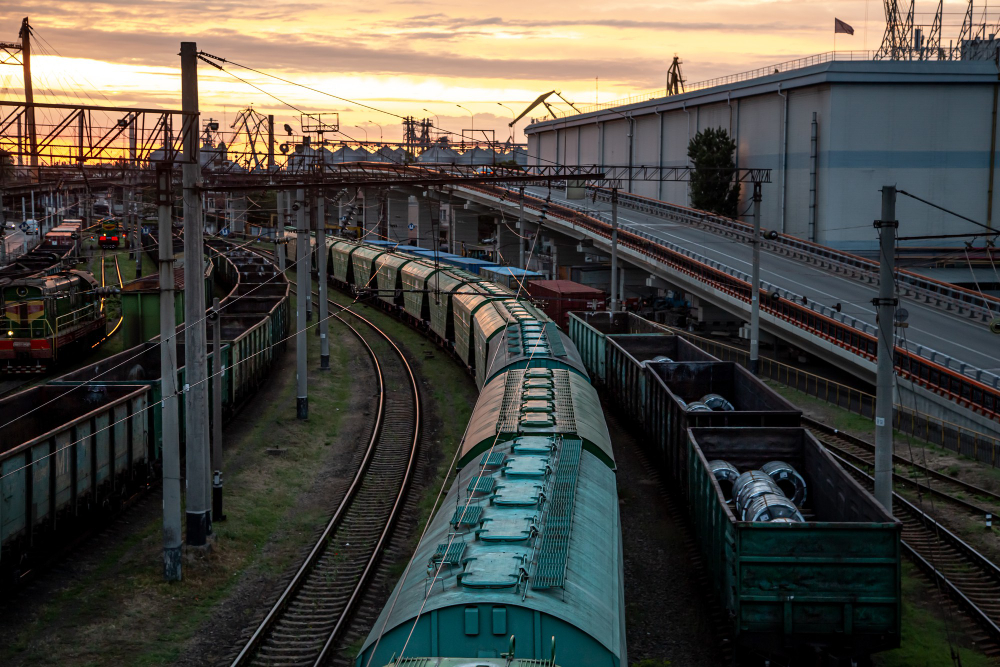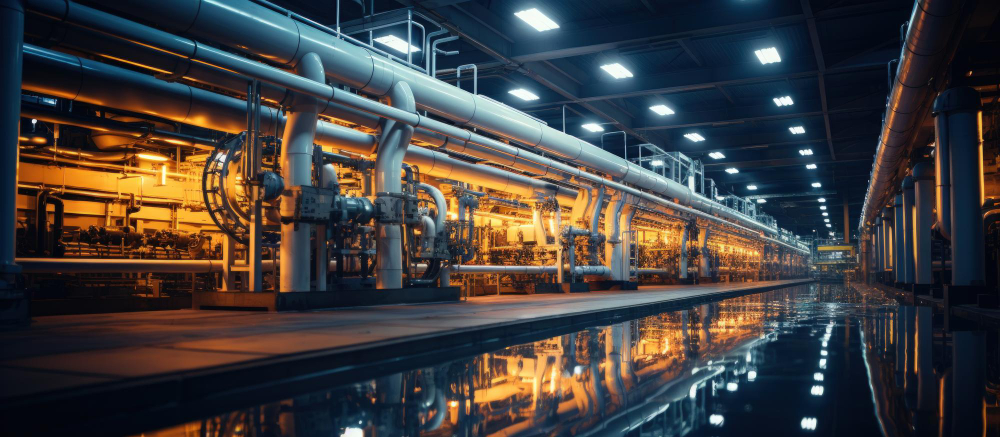Railway Manufacturing Through the Years
- 1 Where it All Began: The History
- 2 Modern Rail Manufacturing
- 2.1 1. Materials Selection and Procurement
- 2.2 2. Rail Design and Engineering
- 2.3 3. Manufacturing Processes
- 2.4 4. Quality Control and Testing
- 2.5 5. Environmental and Sustainability Considerations
- 3 Future of Rail Manufacturing
- 3.1 The Future of Rail Manufacturing
- 3.2 1. Advanced Materials and Composites
- 3.3 2. Additive Manufacturing (3D Printing)
- 3.4 3. Digitalization and Industry 4.0
- 3.5 4. Sustainable Manufacturing Practices
- 3.6 5. Autonomous and Connected Manufacturing
- 4 Verdict
There is something to be said about traveling by rail, whether this is the fact that it’s known to be safer than many of its counterparts, there is some beautiful scenery to be enjoyed, or even that machinery and function are consistently upgraded, innovated and taken care of for a fast, smooth ride. Moving from coal-powered options to electricity, trains are also one of travelers’ most economical and efficient options. Due to their sheer functionality and popularity, let’s take a look at how railway manufacturing has evolved through the years into the service we know and love today.
Where it All Began: The History
Early trains ran on wooden rails before the transition was made to iron tracks to allow for more passengers, the ability to travel longer distances, and an overall more secure experience. Progress was slow due to production methods and facilities, so a more modern and streamlined approach was needed as demand grew. Soon, steel rails were introduced – supported by the Bessemer and Siemens-Martin manufacturing processes that breathed new life into the sector from the mid-18th century well into the 19th. Railway tracks were now being mass-produced, and individuals could traverse vast expanses with little cost or trouble.
The welding technology of the 20th century was where things came into their own, replacing traditional bolts and riveted joints that often fell victim to the wear and tear of use and the environment. Not only could continuous tracks be constructed using flash butt and thermite welding, but a rail welding equipment kit could be taken to fix spot issues quickly and safely with little disruption. As buying these and any necessary spare parts can be so simple, there was no need to improve upon services for quite some time.
Modern Rail Manufacturing
While railway manufacturing processes still rely on welding and rail welding equipment kits (not to mention an array of spare parts), things are evolving into newer spaces with the rise in tech. Automated systems and computer-controlled machinery are being leveraged to make trains faster, more efficient, and safer than ever for travelers worldwide.
Modern rail manufacturing uses advanced technologies and materials to design, produce, and maintain railway tracks and related components. This process involves various stages, from raw material procurement to final assembly, focusing on enhancing efficiency, safety, and sustainability in rail transportation systems.
1. Materials Selection and Procurement
One of the key aspects of modern rail manufacturing is the careful selection and procurement of materials. High-quality steel, such as continuously welded rail (CWR), is commonly used due to its strength, durability, and ability to withstand heavy loads and harsh environmental conditions. Additionally, advancements in materials science have led to the development of innovative alloys and composites, offering improved performance and longevity.
2. Rail Design and Engineering
Rail design and engineering play a crucial role in ensuring the safety and reliability of railway tracks. Computer-aided design (CAD) software and simulation tools optimize rail profiles, geometry, and specifications for specific applications and operating conditions. This includes considerations such as track gauge, rail weight, curvature, and alignment to meet regulatory standards and operational requirements.
3. Manufacturing Processes
Modern rail manufacturing involves advanced processes to produce railway tracks and components with precision and consistency. These processes may include:
- Rolling Mill Operations: Steel billets are heated and rolled to form rail sections with precise dimensions and mechanical properties.
- Heat Treatment: Rails undergo heat treatment processes such as quenching and tempering to enhance their strength, hardness, and resistance to wear and fatigue.
- Surface Treatment: Rails are often subjected to surface treatments such as shot blasting, grinding, and ultrasonic inspection to remove defects and ensure smoothness and uniformity.
- Welding and Joining: Continuous welded rail (CWR) is manufactured by welding individual rail sections together to create seamless tracks, reducing maintenance and improving ride quality.
4. Quality Control and Testing
Quality control and testing are integral to modern rail manufacturing to ensure industry standards and specifications compliance. Non-destructive testing techniques such as ultrasonic testing, magnetic particle inspection, and eddy current testing are employed to detect defects, cracks, and discontinuities in rails and welds. Additionally, physical and mechanical tests are conducted to assess the performance and durability of rail materials and components under simulated operating conditions.
5. Environmental and Sustainability Considerations
Modern rail manufacturing increasingly focuses on environmental sustainability and reducing carbon footprint throughout the product lifecycle. This includes optimizing manufacturing processes to minimize energy consumption and waste generation and exploring alternative materials and technologies with lower environmental impact. Additionally, efforts are made to improve rail materials’ recyclability and end-of-life management to enhance sustainability in the rail industry.
Modern rail manufacturing involves a comprehensive approach to designing, producing, and maintaining railway tracks and components, leveraging advanced technologies and materials to enhance efficiency, safety, and sustainability in rail transportation systems. From materials selection and procurement to manufacturing processes, quality control, and environmental considerations, every aspect plays a crucial role in ensuring the reliability and longevity of rail infrastructure for safe and efficient transportation.
Future of Rail Manufacturing
The Future of Rail Manufacturing
The future of rail manufacturing is poised to witness significant advancements driven by emerging technologies, evolving materials, and innovative design and production processes. This forward-looking trajectory aims to address the growing demands for efficiency, sustainability, and safety in rail transportation systems while embracing digitalization and automation to optimize operations and enhance performance.
1. Advanced Materials and Composites
Future rail manufacturing is expected to see increased adoption of advanced materials and composites with superior mechanical properties, durability, and resistance to wear and corrosion. This includes the exploration of novel alloys, carbon fibers, and polymer-based materials that offer lighter weight, higher strength-to-weight ratios, and enhanced performance compared to traditional steel rails. These advancements will reduce energy consumption, extend rail service life, and minimize maintenance requirements.
2. Additive Manufacturing (3D Printing)
Additive manufacturing, also known as 3D Printing, is poised to revolutionize rail manufacturing by enabling the rapid prototyping and production of complex components with intricate geometries. This technology allows on-demand manufacturing of customized rail parts, reducing lead times and production costs while facilitating design optimization and innovation. Additionally, 3D Printing offers the flexibility to utilize advanced materials and composites, opening new possibilities for lightweight and high-performance rail components.
3. Digitalization and Industry 4.0
Integrating digitalization and Industry 4.0 principles into rail manufacturing will drive efficiency, productivity, and predictive maintenance capabilities. Innovative manufacturing technologies, such as Internet of Things (IoT) sensors, data analytics, and artificial intelligence (AI), enable real-time monitoring of equipment performance, predictive maintenance scheduling, and optimization of production workflows. This digital transformation enhances operational visibility, reduces downtime, and improves overall asset management in rail manufacturing facilities.
4. Sustainable Manufacturing Practices
The future of rail manufacturing will prioritize sustainability and environmental stewardship by adopting eco-friendly manufacturing practices and renewable energy sources. This includes implementing energy-efficient manufacturing processes, recycling and reusing materials, and minimizing waste generation throughout the product lifecycle. Furthermore, integrating renewable energy sources such as solar and wind power into rail manufacturing facilities will reduce carbon emissions and promote sustainable operations.
5. Autonomous and Connected Manufacturing
Autonomous and connected manufacturing technologies are poised to streamline production workflows, enhance safety, and optimize resource utilization in rail manufacturing facilities. Robotics and autonomous vehicles will play a crucial role in material handling, assembly, and inspection processes, increasing efficiency and reducing the risk of human error. Additionally, connected manufacturing systems enable seamless communication and data exchange between different stages of the manufacturing process, facilitating real-time decision-making and continuous improvement.
The future of rail manufacturing holds immense potential for innovation and transformation, driven by advancements in materials, technologies, and sustainable practices. From adopting advanced materials and additive manufacturing to digitalizing production processes and emphasizing sustainability, the rail manufacturing industry is poised to embrace a new era of efficiency, reliability, and environmental responsibility. By leveraging these emerging trends and technologies, the future of rail manufacturing promises to revolutionize how railway tracks and components are designed, produced, and maintained, ushering in a new era of modernization and progress in rail transportation systems.
Verdict
The journey of railway manufacturing through the years is a testament to human ingenuity, technological advancement, and a commitment to excellence in transportation infrastructure. While the industry has faced numerous challenges and obstacles, its resilience, innovation, and continuous improvement have propelled railway manufacturing into a new era of efficiency, safety, and sustainability. As we look towards the future, railway manufacturing is poised to embrace emerging technologies and sustainable practices, further shaping the landscape of global transportation and advancing the principles of mobility, connectivity, and progress.




















